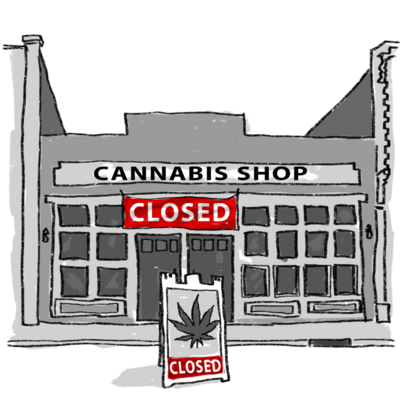More women than ever are on the ballot in November. And how they are running their campaigns speaks to the growing differences in the makeup of the parties.
Monitor Daily Podcast
- Follow us:
- Apple Podcasts
- Spotify
- RSS Feed
- Download
 Kim Campbell
Kim Campbell
What should it cost to go to college?
For students interested in attending Rice University in Houston, it may not cost much at all. The school announced this week that it will return to its roots and offer free tuition to students whose families have an income below $130,000.
Rice based its decision on factors including its endowment (more than $5 billion) and recent discussions with alumni. But the national climate also played a role. “I think this issue of affordability is really central now,” the school’s president, David Leebron, told me this week.
Rice joins other schools that offer free tuition to students based on need and residency. Others, like St. John's College, which rolled out a $17,000 drop this month, are reducing prices. Free college has been on the radar for years as funding for higher education has decreased and student loan debt has increased. A majority of Americans favor the idea but question whether it is affordable.
Observers note that Washington could make it a reality (using an extreme model), but a German example shows mixed results. Graduation rates are another consideration, as they are low for low-income students in the absence of campus support. Help beyond an open checkbook is often needed for success, and schools with more resources tend to fare better at that.
Rice already has supports in place as it prepares for its expanded financial aid to kick in next fall. The school was built on the tuition-free model, which it followed from 1912 to 1965. (My own Oklahoma-born dad was able to pursue his interest in physics in 1955 because of that policy.) In the announcement this week, Dr. Leebron put the motive for the new initiative this way: “Talent deserves opportunity.”
Here are our five stories for your Thursday.











